New York City is full of world class museums with the Metropolitan Museum of Art, arguably, casting the largest shadow. But if you’ve ever walked along 5th Avenue, the eastern border of Central Park, you’ve likely passed the Frick Collection and maybe didn’t even know it.
From the street, the building looks pretty much like any other in the quiet neighborhood. Well maintained, it’s set back from the street a little, surrounded by a modest formal garden. But inside the building on the corner of 5th Avenue and 70th Street is a substantial art collection that includes works by Rembrandt, Renoir, Whistler among many others!
About Henry Clay Frick
Henry Clay Frick, whose art collection started the Frick Collection, gained his wealth in Pittsburgh, Pennsylvania. It was coke manufacturing that gave him his initial wealth but he was also chairman of the Carnegie Steel Company and played a role in the formation of U.S. Steel. His home in Pittsburgh is today the Frick Art & Historical Center. In addition to the family’s mansion, Clayton, there’s a small art museum, a collection of historic cars and carriages, and a greenhouse. If you’re in the neighborhood it’s definitely worth a visit. Most of the Frick Art & Historical Center is free with only tours of Clayton and special exhibitions requiring paid admission.
Unfortunately for Frick, in 1892 he was involved in putting down a strike at Homestead Steel. After striking employees took over the factory building, Frick ordered the site be fenced in and, eventually, stormed by 300 armed private security guards. Ten men were killed, including nine Homestead employees. The action by Frick was widely seen as excessive and his reputation never seemed to recover in Pittsburgh.
By the early 1900s he and his wife moved to New York City. Their NYC home, the building on 70th Street, was built in 1913-1914 by industrialist Henry Clay Frick and designed by Thomas Hastings. Frick, apparently, always intended that the building would serve as a museum for his extensive collection of European art after his death. And so it did. Following his death in 1919 and the death of his wife in 1935, their home began a transition.
The Frick Collection
Before the building was opened to the public, changes were made under the guidance of architect John Russell Pope. What had been an alley parallel to 5th Avenue became enclosed. Rooms such as the Garden Court, the Oval Room, and the East Gallery were added as part of the renovations.
Throughout his life, Frick had an interest in art. He became an avid collector and much of his collection is on display in NYC. The Pittsburgh museum has a smaller collection of less valuable pieces.
What I find especially interesting about the Frick collection is that you’re not just visiting the home of a wealthy family that has been frozen in time. Yes, many of the rooms are still “curated” the way Frick had them years ago. But the collection is still very much alive. New acquisitions are still being added to the collection. The portrait of Louise de Broglie, Countess d’Haussonville, by Jean Auguste Dominique Ingres, for example, was purchased in the 1930s. And there are special exhibits that visit and rotate through the museum.
Jan Vermeer (perhaps best known for “Girl with a Pearl Earring”), Rembrandt, Titian, Hans Holbein the Younger, El Greco and so many more are represented in the collection. The Oval Room is dedicated to the long, large format works from James McNeill Whistler.
Unfortunately, the entirety of the home isn’t open to the public. Specifically, the upstairs is not open at the present time. Visitors are left to stand at the bottom of an impressive staircase, craning their necks and gawking. At the first landing a massive collection of pipes for an organ are on display. The organ sits tucked at the bottom of the stairs by Renoir’s “Mother and Children (La Promenade).”
Visiting the Frick Collection
The fact that the museum was once a home shows in the way it flows. Visitors easily pass through each room, taking in the art, decorations, and the furniture. Occasionally, you get a glimpse out a window and see the wall of Central Park and cars whizzing by on 5th Avenue. Suddenly you’re reminded just exactly where you are.
The Frick Collection does not allow photography, with the exception of in the Garden Court. In this digital age, it’s both a blessing and a curse (especially if you’re a blogger!). You can’t share a special piece of art with a friend but you’re also able to focus on being in the moment. It’s advice we should all take more to heart.
The museum is small enough that you can afford to take your time and spend a couple hours taking in the pieces. Visitors should also be sure to stop by the Music Room to watch the introductory video. It provides a great overview of Frick the man as well as the museum.
Getting There
There is no dedicated parking lot for the Frick Collection. Street parking is very limited. With the subway, it’s only a short walk. Either take the 6 train to 68th Street or the Q train to 72nd Street. The M1, M2, M3, M4 and M72 buses also serve the immediate area.
Thank you to the Frick Collection! All opinions are my own. All exterior and Garden Court photos are my own. The Grand Staircase, The Living Hall, and The West Gallery photos by Michael Bodycomb, used courtesy The Frick Collection, New York.
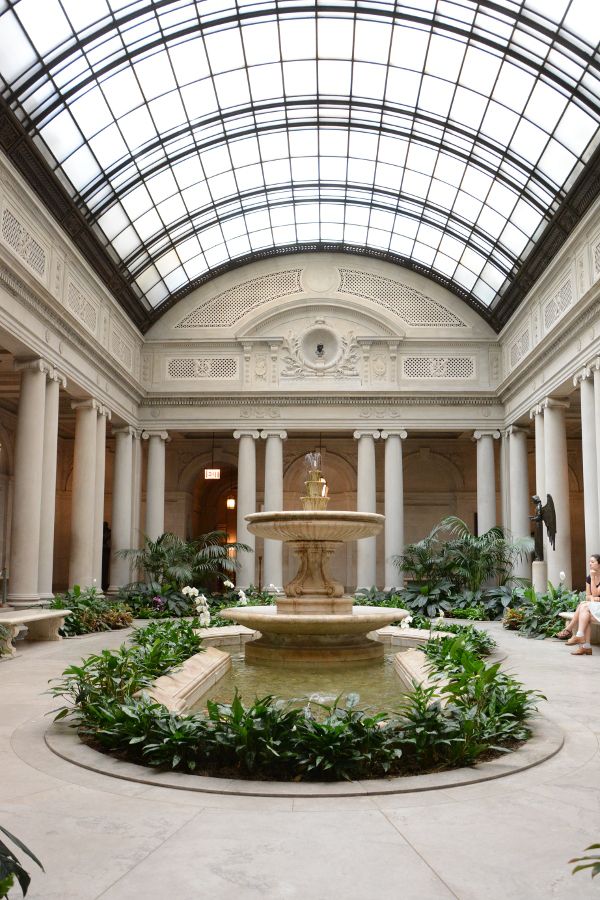
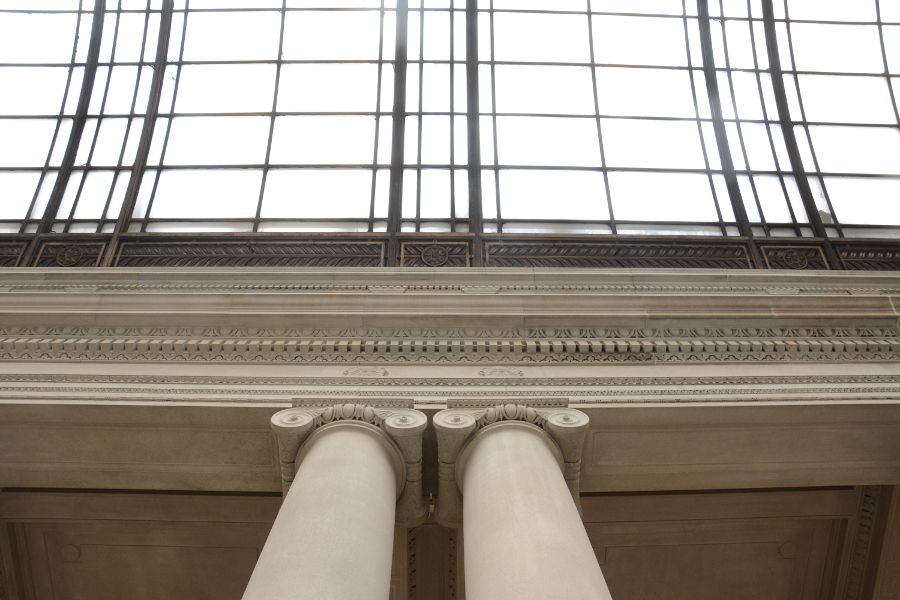
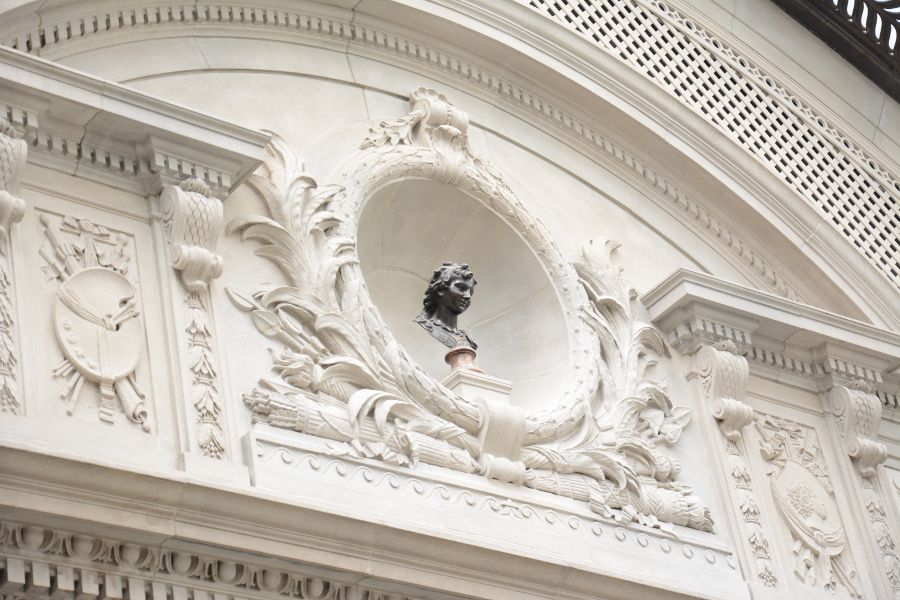
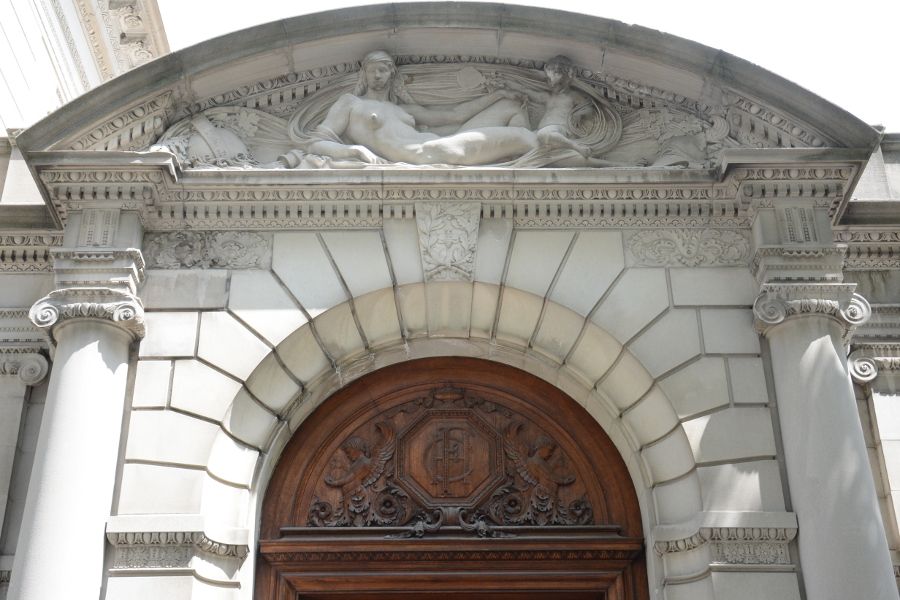
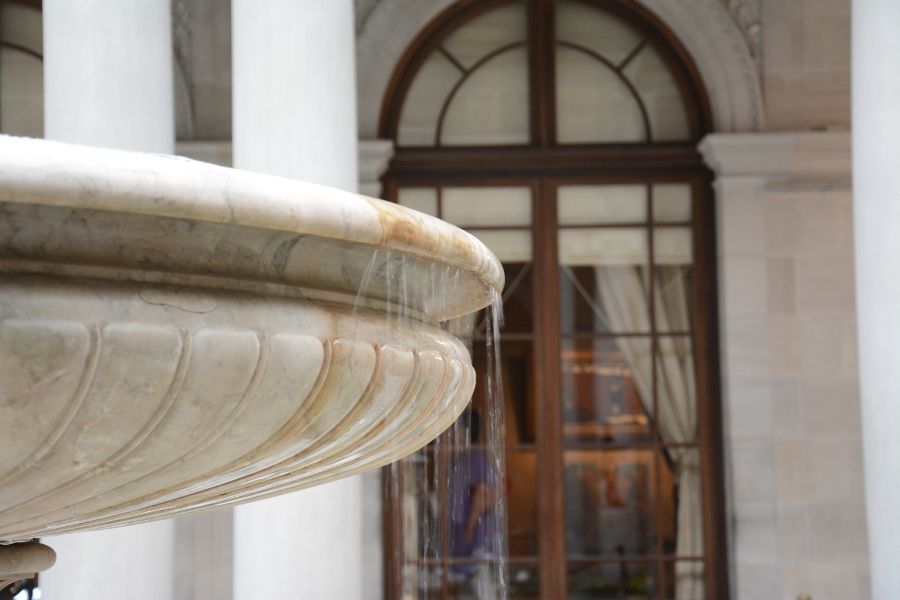
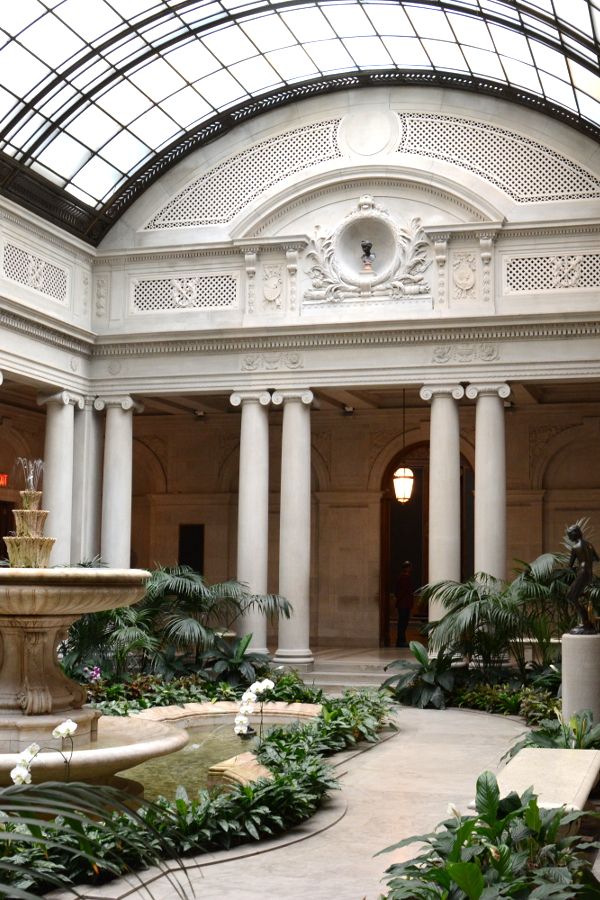
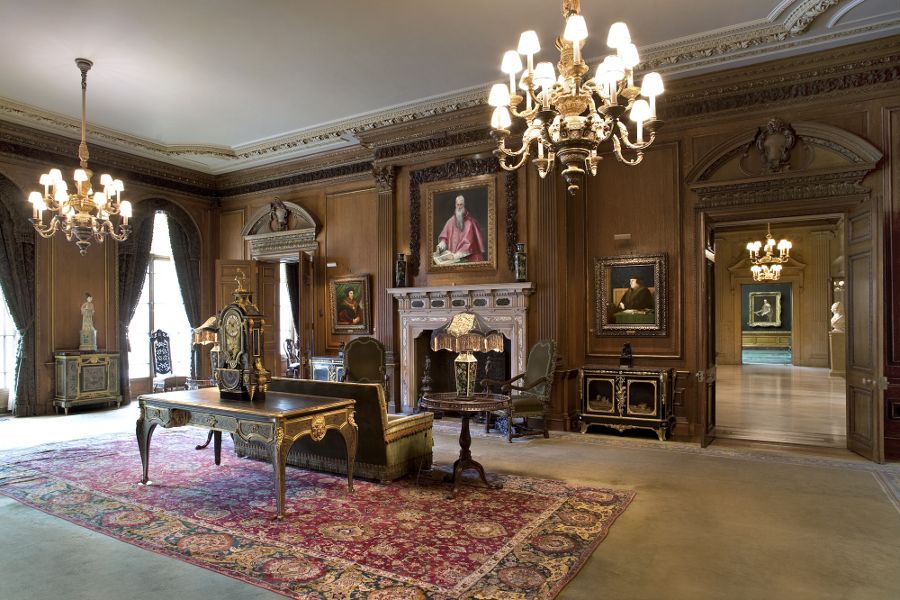
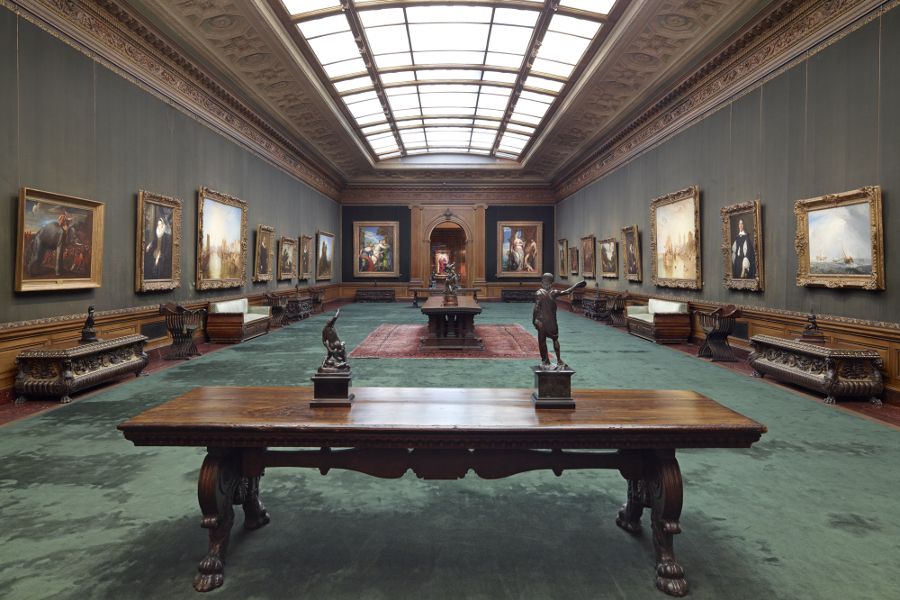
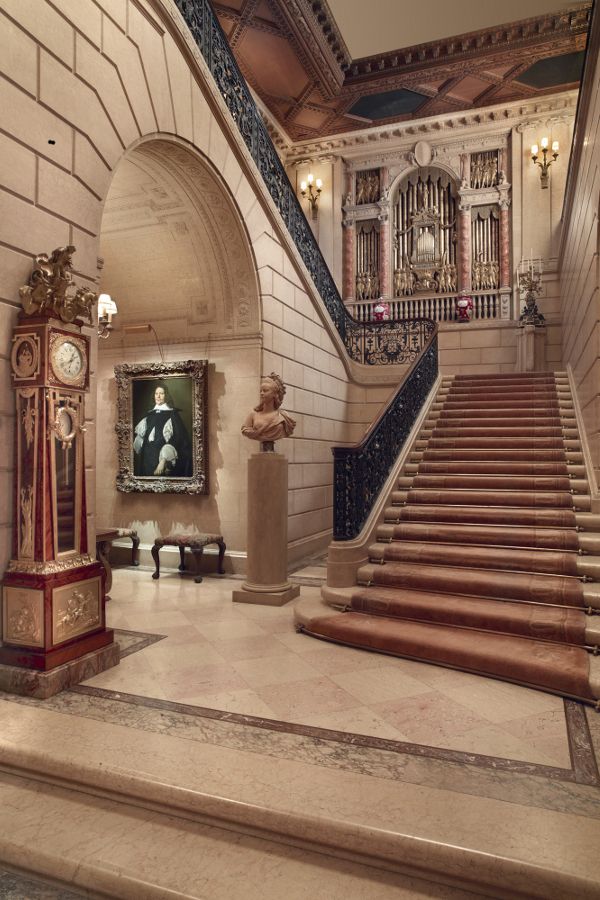

this is amazing! I love to think of the buildings as they were when they were built and it seems like it would be easy to imagine what it looked like in this house, as it’s frozen in time.